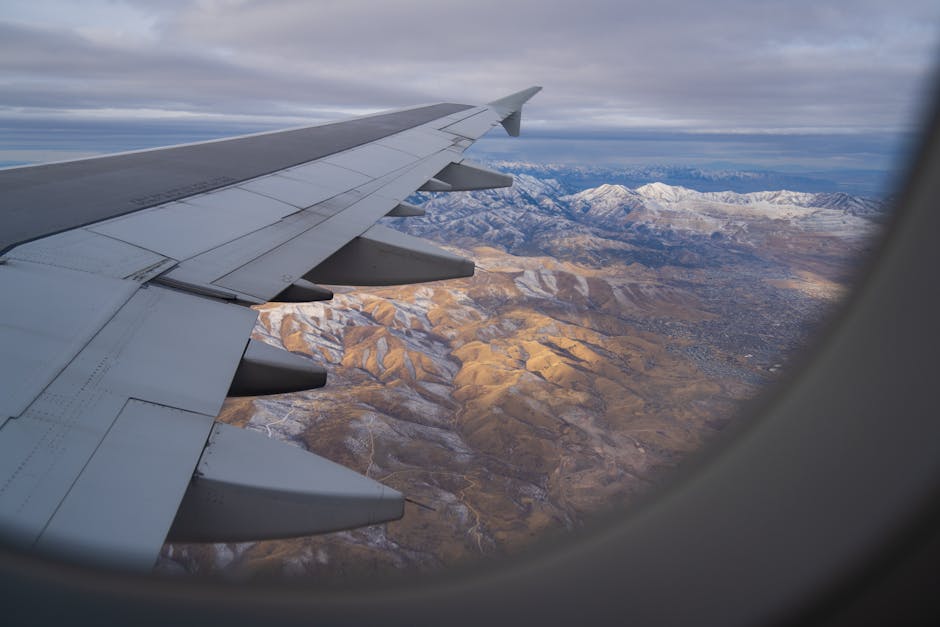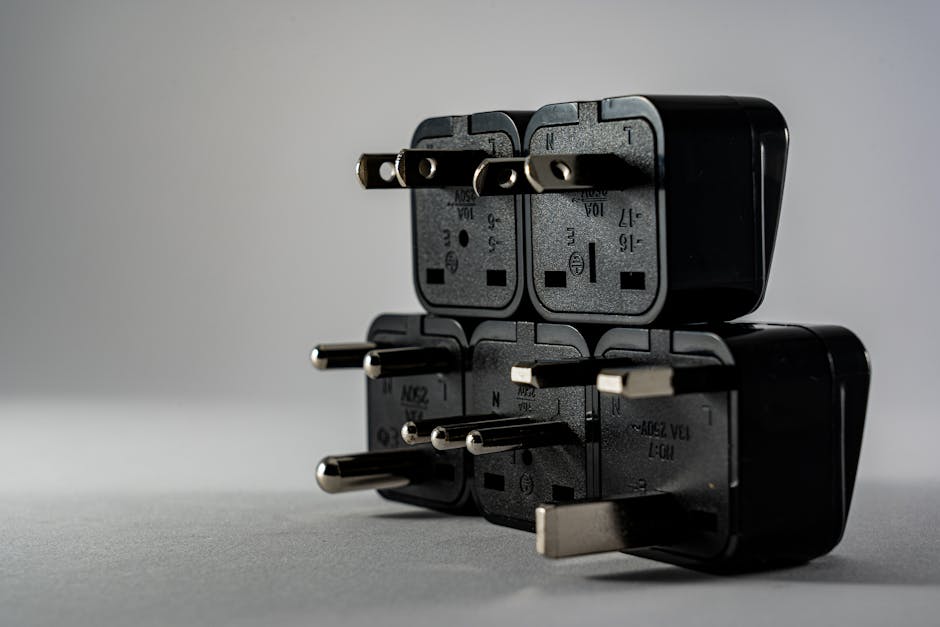In a startling incident over the skies of Utah, a United Airlines flight was struck by an unidentified object at high altitude, forcing an emergency landing and triggering a multi-agency investigation into the cause of the mid-air collision.
The event involved United Airlines Flight 1282, a Boeing 737 traveling from San Francisco to Chicago late Tuesday night. Passengers onboard reported a sudden, loud bang that shook the aircraft, leading to moments of intense anxiety at 35,000 feet.
A Jolt at 35,000 Feet
Passengers described a chaotic scene that quickly turned to quiet apprehension.
“It was like a bomb went off right outside my window,” one passenger recounted to reporters after landing. “For a second, everyone just froze. You could hear a pin drop, and then the captain came on the intercom, calm as ever, telling us we’d been hit by something and were diverting.”
The flight crew’s professionalism was widely praised as they immediately declared an emergency and navigated the aircraft to a safe landing at Salt Lake City International Airport. No injuries were reported among the 147 passengers and crew.
Emergency Landing and Damage Assessment
Upon inspection on the tarmac, ground crews discovered significant damage to the aircraft’s nose cone, also known as the radome. A large, circular dent and several fractures were visible on the surface, providing clear evidence of a high-velocity impact.
The key question for investigators from the Federal Aviation Administration (FAA) and the National Transportation Safety Board (NTSB) is: what did it hit?
What Hit the United Flight? Investigators Weigh Theories
The high altitude of the collision virtually rules out a bird strike, which is the most common type of aircraft impact. Early pilot reports allegedly mentioned a fast-moving, non-responsive object, fueling speculation. Investigators are currently focused on three primary possibilities:
- Space Debris: The most plausible theory is a collision with orbital debris. Earth’s orbit is cluttered with defunct satellites and rocket fragments. While agencies like NASA track larger pieces, smaller, untraceable fragments traveling at extreme speeds pose a serious threat and could cause the type of damage seen on Flight 1282.
- Meteoroid: A less likely, but not impossible, scenario is an impact with a small meteoroid. While most burn up in the atmosphere, a dense fragment of rock or iron could survive entry and cross paths with an airplane. Such an event is exceptionally rare.
- Terrestrial Object: Other possibilities include high-altitude weather balloons or unlisted advanced drones that may have been operating in the airspace.
Official Response and Investigation
United Airlines issued a statement commending the flight crew for their swift and professional handling of the incident. “The safety of our passengers and crew is our highest priority,” the airline stated. “We are working closely with authorities to determine the cause of this incident.”
As investigators in Utah analyze the damaged aircraft and review the flight data recorder, the aviation world awaits an answer. The mystery of the unidentified object that struck United Airlines Flight 1282 over Utah remains unsolved.




